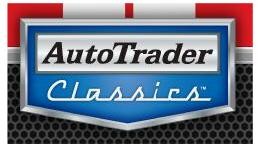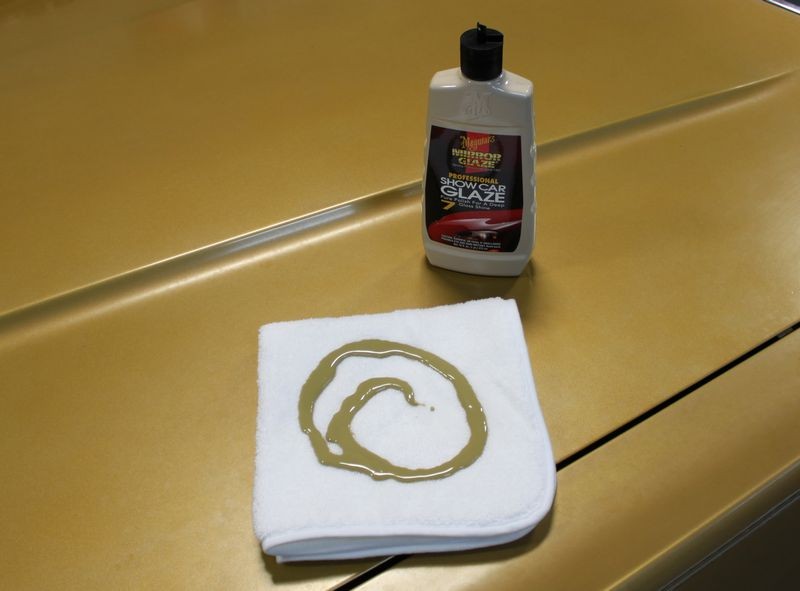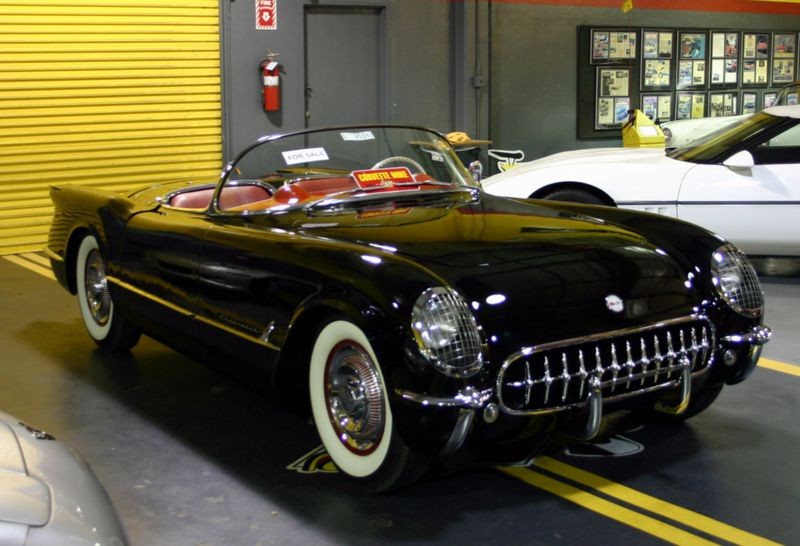Using M07 Show Car Glaze To Restore Antique and Original Single Stage Paint -By Mike Phillips
Thought I would share this with my good friends at Meguiar's and the MOL forum community...
I've had my first article published on AutoTraderClassic in their "How To" section. It's one of the longest, most in-depth articles I've ever written and it involves using one of Meguiar's most famous products as well as oldest products in their line still in production.
#7 Sealer Reseal Glaze = Show Car Glaze

Gary Silvers, the VP of R&D once told me while I was still working here at Meguiar's that this is one of the formulas he's never updated, and if that's true then this is a very strong testimony to the skills and abilities of Malcolm Meguiar as a chemist.
The first portion of the how-to article focuses on how to use M07 to gently restore antique and original single stage paint, something that is a passion of mine and something I've had the good fortune to do a lot of for customers over the years.
After the restoration portion of the article I explain that for a lot of car owners, (of antique cars), that this might be as far as they want to go in an effort to protect and preserve the original paint on an antique car.
If a person wants to try to take the antique paint to it's maximum potential by machine polishing, then I included some more steps with other non-Meguiar's products but I do mention that as long as the products you choose are of high quality, that you can move forward in the process with the products of your choice.
M07 is a very unique product that has stood the test of time and is the correct product to use when a person wants to do everything they can do to try to restore and then preserve an original, antique single stage finish as I explain in the article.
With 12,143 words and 91 photos... here are the links to the articles on AutoTraderClassic.com

AutoTraderClassics.com - Restoring Single Stage Paint: Part 1
AutoTraderClassics.com - Restoring Single Stage Paint: Part 2
AutoTraderClassics.com - Restoring Single Stage Paint: Part 3
AutoTraderClassics.com - Restoring Single Stage Paint: Part 4
AutoTraderClassics.com - Restoring Single Stage Paint: Part 5
AutoTraderClassics.com - Restoring Single Stage Paint: Part 6
AutoTraderClassics.com - Restoring Single Stage Paint: Part 7


Thought I would share this with my good friends at Meguiar's and the MOL forum community...
I've had my first article published on AutoTraderClassic in their "How To" section. It's one of the longest, most in-depth articles I've ever written and it involves using one of Meguiar's most famous products as well as oldest products in their line still in production.
#7 Sealer Reseal Glaze = Show Car Glaze

Gary Silvers, the VP of R&D once told me while I was still working here at Meguiar's that this is one of the formulas he's never updated, and if that's true then this is a very strong testimony to the skills and abilities of Malcolm Meguiar as a chemist.
The first portion of the how-to article focuses on how to use M07 to gently restore antique and original single stage paint, something that is a passion of mine and something I've had the good fortune to do a lot of for customers over the years.
After the restoration portion of the article I explain that for a lot of car owners, (of antique cars), that this might be as far as they want to go in an effort to protect and preserve the original paint on an antique car.
If a person wants to try to take the antique paint to it's maximum potential by machine polishing, then I included some more steps with other non-Meguiar's products but I do mention that as long as the products you choose are of high quality, that you can move forward in the process with the products of your choice.
M07 is a very unique product that has stood the test of time and is the correct product to use when a person wants to do everything they can do to try to restore and then preserve an original, antique single stage finish as I explain in the article.
With 12,143 words and 91 photos... here are the links to the articles on AutoTraderClassic.com

AutoTraderClassics.com - Restoring Single Stage Paint: Part 1
AutoTraderClassics.com - Restoring Single Stage Paint: Part 2
AutoTraderClassics.com - Restoring Single Stage Paint: Part 3
AutoTraderClassics.com - Restoring Single Stage Paint: Part 4
AutoTraderClassics.com - Restoring Single Stage Paint: Part 5
AutoTraderClassics.com - Restoring Single Stage Paint: Part 6
AutoTraderClassics.com - Restoring Single Stage Paint: Part 7















Comment